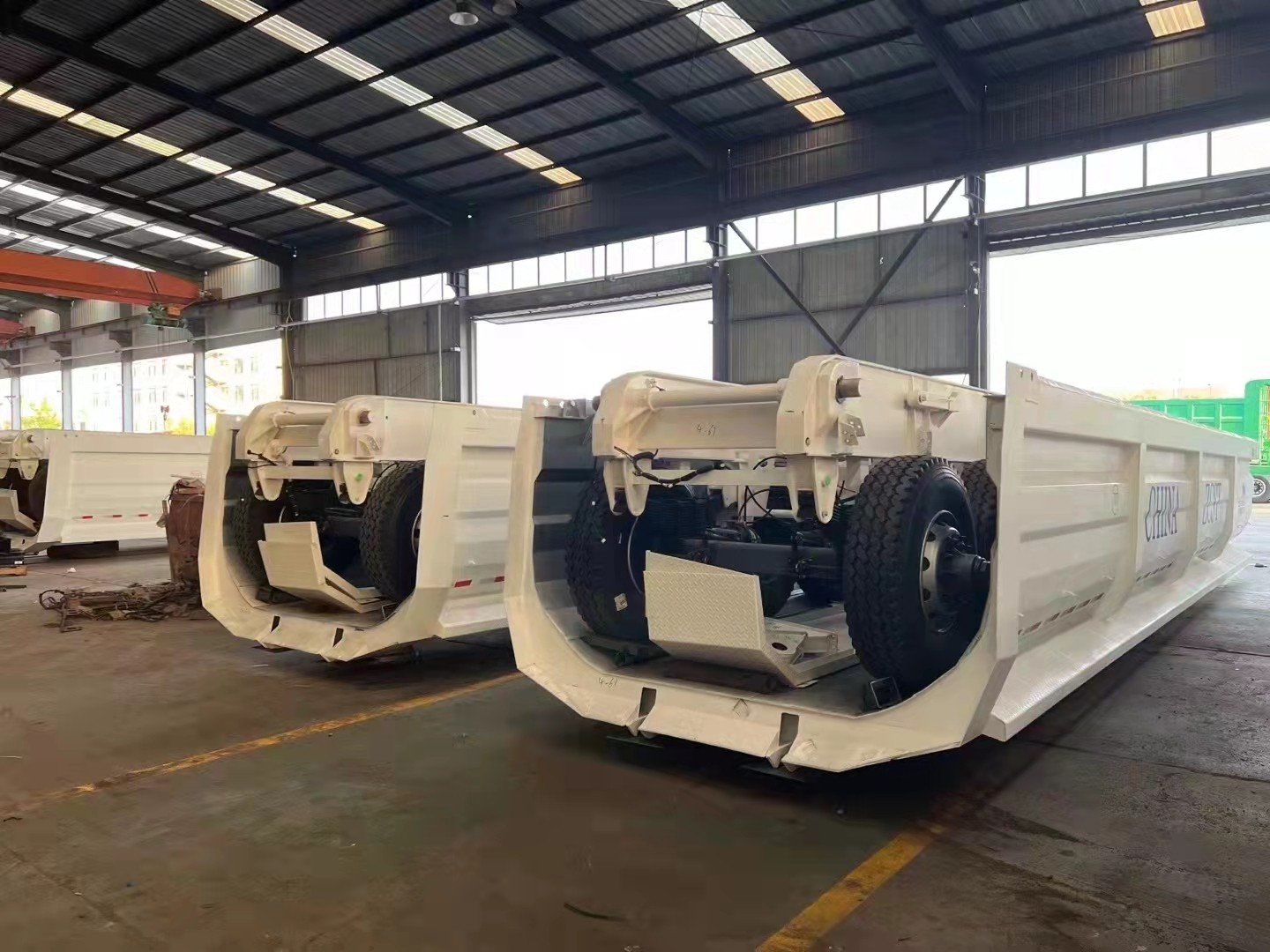The 3 Axle Hydraulic Dump Semi Trailer industry is undergoing a transformative phase, driven by technological innovation and a shift towards sustainable practices. Manufacturers are continually pushing the boundaries of design and functionality to meet the evolving needs of the market.
One of the notable trends in the 3 Axle Hydraulic Dump Semi Trailer industry is the adoption of advanced hydraulic systems. Manufacturers are investing in cutting-edge technology to enhance the efficiency and performance of hydraulic dump systems. This includes the integration of smart sensors, automated controls, and real-time monitoring to optimize the dumping process and improve overall safety.
To address fuel efficiency and payload capacity concerns, there is a growing emphasis on utilizing lightweight materials and innovative design concepts. The industry is witnessing a shift towards high-strength alloys and composite materials, reducing the overall weight of trailers without compromising structural integrity. This trend aligns with the broader industry focus on sustainability and environmental impact.

The integration of telematics and connectivity solutions is transforming the way operators manage and monitor their 3 Axle Hydraulic Dump Semi Trailers. Real-time data on trailer location, load status, and equipment health are becoming essential for fleet managers. This not only improves operational efficiency but also enables predictive maintenance, reducing downtime and repair costs.
As environmental concerns continue to gain prominence, the industry is witnessing a push towards compliance with stricter emission standards. Manufacturers are developing hydraulic dump semi trailers with cleaner and more fuel-efficient powertrains. This includes the adoption of electric or hybrid systems, aligning with global efforts to reduce the carbon footprint of heavy-duty vehicles.
Safety remains a top priority in the 3 Axle Hydraulic Dump Semi Trailer industry. Recent developments include the integration of advanced safety features such as collision avoidance systems, automatic braking, and improved visibility technologies. These enhancements not only protect drivers and operators but also contribute to a safer working environment.
Customer demands for customized solutions have led to increased focus on trailer versatility. Manufacturers are offering modular designs and customizable features to meet specific industry requirements. This flexibility allows operators to use the trailers for a variety of applications, contributing to a more adaptable and cost-effective transportation solution.

